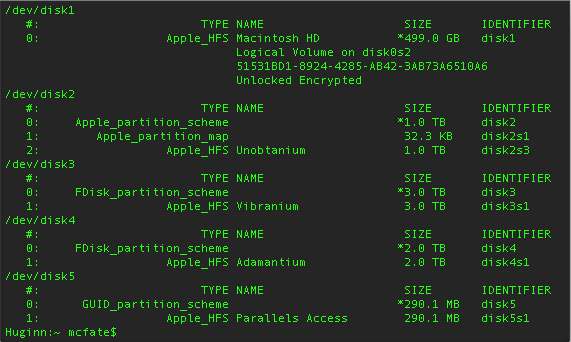

- #CREATE A KALI LINUX BOOTABLE USB FOR MAC MAC OS#
- #CREATE A KALI LINUX BOOTABLE USB FOR MAC INSTALL#
#CREATE A KALI LINUX BOOTABLE USB FOR MAC INSTALL#
We can install Kali Linux, there needs to be room on the hard disk.ĭepending on the format of the macOS/OS X partition, will depend on what Having a backup of our macOS/OS X files available is a good idea in the event something goes wrong. Modifying and where we are installing Kali Linux to.

Installation has the potential to go wrong very easily as it involvesĮditing existing partitions. The installer image (as we will need either multiple CD/DVD/USBs or to Of these can be addressed post installation, as it saves swapping to Installing or removing any metapackages.Changing or removing the desktop environment.The live image, but there will be a few differences such as: After we haveįinished altering the disk layout, we can still install Kali Linux using Mounting any partitions (otherwise they would be in-use). This is because we need to edit the disk structure without We need to use a different image from the single boot Kali Linux install guide, as we need the live In-built wireless may not work, as firmware-b43-installer is not included in the default images.When using the graphical installer, we may notice the tracepad does not function (but will after Kali Linux is installed).We may be able to increase the chances of booting (especially older hardware and non-EFI) from a USB drive by having rEFInd pre-installed.Different results when trying to boot by using either a CD/DVD or a USB drive.Depending on the Mac hardware model & year, we may find:.Currently running macOS/OS X 10.7 or higher (later versions are more preferred) as this means the hardware is Intel (and not a PowerPC CPU).A single disk to install to (rather than a dedicated disk per operating system).When downloading Kali Linux, pick the live image, rather than the installer option.Already read our single boot Kali Linux install guide, as this has the same Installation Prerequisites (System requirements & setup assumptions).This guide will make the following assumptions: Mac Book Air (Early 2014) using macOS Catalina (10.15). The same procedure has also been tested on a Once Kali Linux has been installed, rEFInd can beĬustomized to be hidden during boot or removed completely.Įxample, we will be installing Kali Linux on a Mac Mini (Mid 2011) using Hardware to boot from USB devices that would not be able to otherwise rEFInd also has the advantage of helping older Shortcut does not need to be used every time the device is powered on toīoot Kali Linux.

This makes it perfect for dual booting, as a keyboard We are able to increase our control when booting over macOS/OS X OS’sĭefault option. By using using the 3rd party boot manager rEFInd (a fork of rEFIt)


 0 kommentar(er)
0 kommentar(er)
